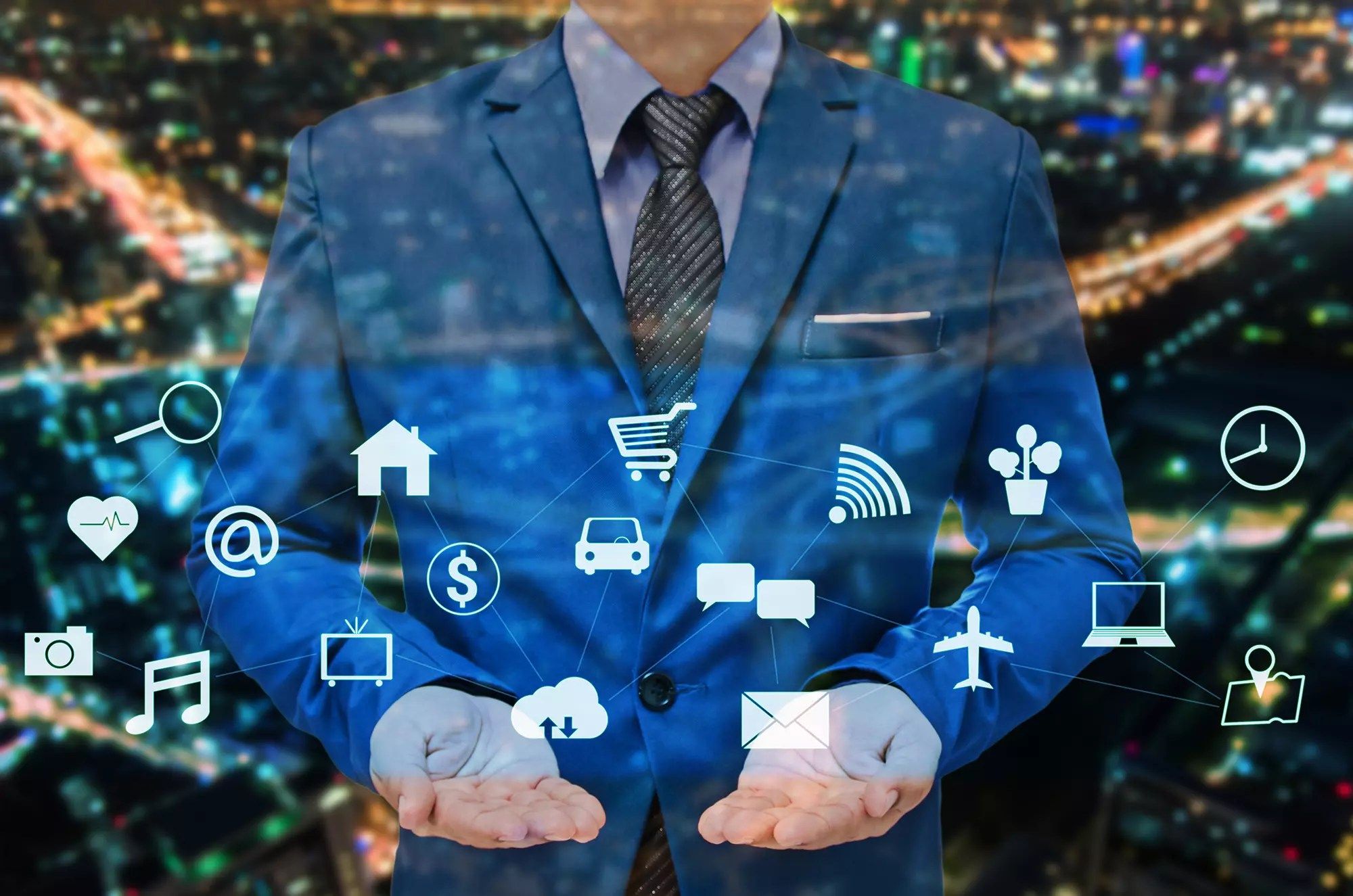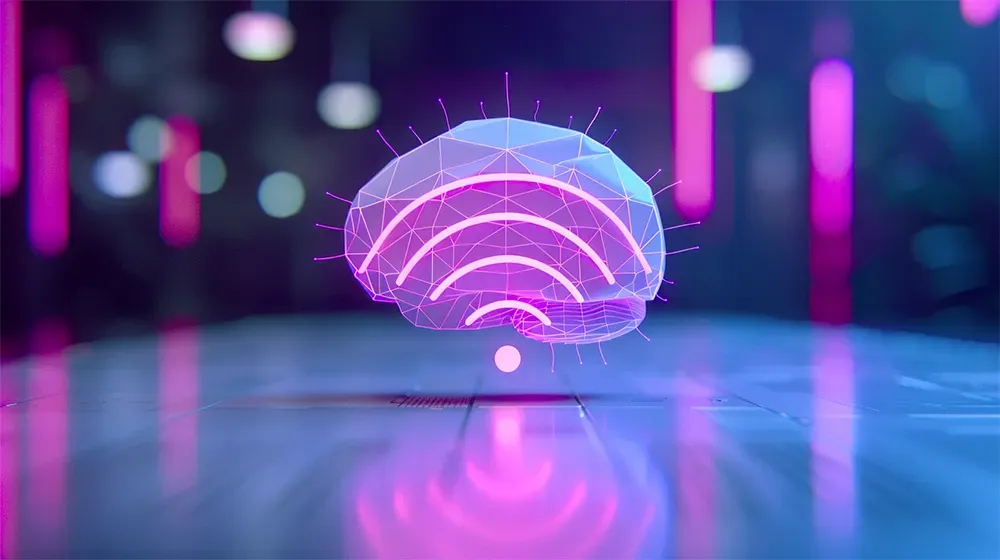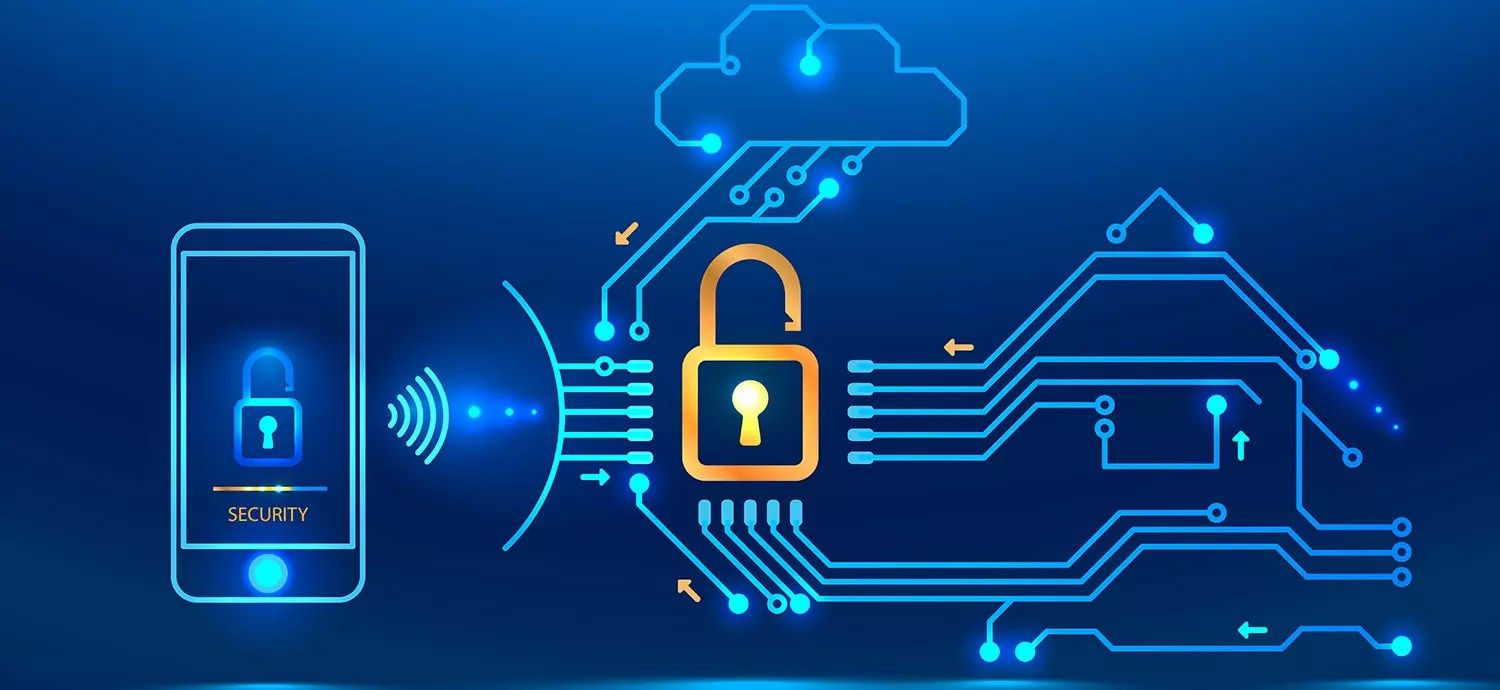How Big Will the Internet of Things Be?

The Internet of Things is rapidly becoming a reality. Increasingly, everyday items are connected to the Internet ranging from smart thermostats to smart toothbrushes. In the coming years, the number of smart devices in our household could grow drastically as Gartner predicts that a typical home could contain more than 500 smart devices by 2022. The falling costs of sensors and the upcoming domotica platforms such as Apple’s Homekit will contribute to this growth. However, this is just the beginning. IDC expects the market for the Internet of Things to grow to $ 3 trillion by 2020, with around 30 billion connected devices in 2020, which is expected to grow to 100 billion in 2025, generating a revenue close to $10 trillion. So how big will the Internet of Things actually be?
Well, the Internet of Things is buzzing currently, and the expectations are very high. The required infrastructure, cloud computing, is easily available, scalable and relatively cheap. The required sensors are becoming smaller, better and cheaper every year and all Internet of Things manufacturers, of course, claim that it will make everything in our lives ‘smart’ and our lives easier.
The possible applications of the Internet of Things are more or less endless, among others thanks to artificial intelligence. Basically, any device or product can be made ‘smart’ when several sensors are added and the device is connected to the internet. Throw in some smart algorithms and machine learning and the data can be analysed to provide insights to the user, the producer as well as the device itself. With so many possibilities, cheap infrastructure and high demand it is very likely that we will see an explosion of IoT startups in the coming years. Already, the list of Internet-connected devices is long, very long. Ranging from smart baby monitoring shirts to smart light bulbs or connected carry-ons. And the list is expanding rapidly.
However, we not only see startups focusing on the Internet of Things. Of course, also investors have their focus on the Internet of Things, with funding nearly tripling in the past years. Softbank’s $100 billion fund will target IoT startups and Cisco Investments created a $ 150 million fund to invest in Internet of Things startups already a few years ago. In 2016, Venture Capital firms invested over $ 1.3 billion in IoT startups around the globe and this number is expected to grow in the coming year.
However, not only startups are moving into the direction of the Internet of Things. Basically, all tech giants are investing heavily in the Internet of Things domain, whether developing products our software. Google recently released their Google Cloud IoT Core to easily and securely connect globally distributed devices. In addition, also blockchain startups are targeting the Internet of Things, with the company IOTA raising 3000 bitcoins in their ICO recently, a platform to securely enable transactions among connected devices.
Until now the buzz around the Internet of Things was still relatively low, but we have reached a tipping point. In 2017, we will be flooded with smart products that are connected to the Internet and the data will offer great insights for companies and consumers. Were the early-connected devices primarily mobile, wearable, devices, in the coming years we will see a lot more, larger connected devices such as vehicles that use telematics to connect to the Internet and offer insights, with Tesla, of course, being at the forefront. In addition, we will see traditionally non-tech companies embracing the IoT, such as insurance companies that will offer wearables in return for reduced insurance premiums.
We are just at the beginning of the Internet of Things and it will be huge, although the security issues related to connected devices are still present. The massive DDoS attack in 2016 using connected devices shows that manufacturers still have a lot of work to do to ensure that connected devices are actually secure and since these manufacturers often fail to do so, governments are stepping in.
Despite the security issues, consumers and organisations see tremendous benefits of having connected devices and the coming years, this will only grow. The Internet of Things will change how we work, live and run our societies and for many, it will make life a lot easier.
Image: Deliverance/Shutterstock





